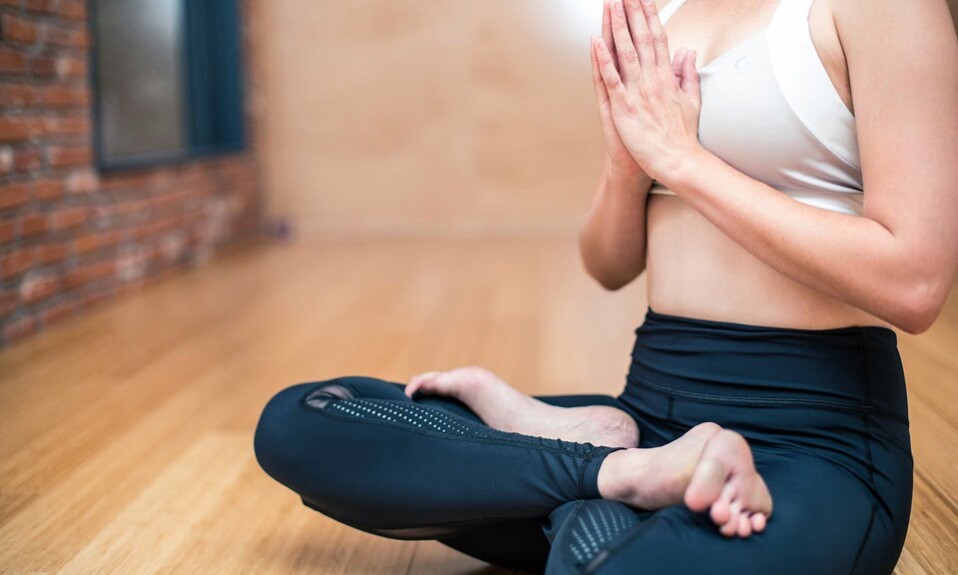Chair yoga for beginners is an accessible and gentle form of yoga that can be practiced by anyone, regardless of age, flexibility, or fitness level. It involves performing yoga poses while seated or using a chair for support, making it an ideal option for those with mobility issues, balance concerns, or who find traditional yoga poses challenging. This guide will provide you with a detailed overview of chair yoga, its benefits, and some beginner-friendly poses to get you started.
What is Chair Yoga?
Chair yoga is a form of yoga that adapts traditional yoga poses to be performed while sitting in a chair or using a chair for support. This makes it accessible for people who may have difficulty standing or moving from the floor to standing positions. Chair yoga provides all the benefits of regular yoga, including improved flexibility, strength, balance, and mental well-being, but in a more accessible format.
Benefits of Chair Yoga for Beginners
Chair yoga offers numerous benefits, particularly for beginners and those with physical limitations:
- Accessibility: Allows individuals with mobility issues or balance concerns to participate in yoga.
- Flexibility: Improves flexibility and range of motion without the need for complex poses.
- Strength: Enhances muscle strength through gentle resistance.
- Balance: Aids in improving balance and coordination.
- Mental Health: Promotes relaxation, reduces stress, and improves overall mental well-being.
- Convenience: Can be done anywhere, including at home, in the office, or in a senior center.
Getting Started with Chair Yoga
To begin chair yoga for beginners, you’ll need a sturdy chair without wheels. Make sure the chair is placed on a non-slip surface. Wear comfortable clothing that allows for easy movement. It’s also helpful to have a strap or belt, a small towel, and water nearby.
Basic Chair Yoga Poses for Beginners
Here are some simple and effective chair yoga poses to get you started:
1. Seated Mountain Pose (Tadasana)
- Sit up straight with your feet flat on the ground.
- Place your hands on your thighs or let them hang at your sides.
- Engage your core, roll your shoulders back, and lengthen your spine.
- Hold for a few breaths, focusing on your posture and breathing.
2. Seated Forward Bend (Uttanasana)
- Sit on the edge of your chair with your feet hip-width apart.
- Inhale and lengthen your spine.
- Exhale and gently fold forward, bringing your chest towards your thighs.
- Let your hands rest on your legs, the floor, or dangle freely.
- Hold for a few breaths, feeling the stretch in your back and hamstrings.
3. Seated Cat-Cow Stretch (Marjaryasana-Bitilasana)
- Sit comfortably with your hands on your knees.
- Inhale, arch your back, and lift your chest and chin (Cow Pose).
- Exhale, round your spine, tucking your chin towards your chest (Cat Pose).
- Repeat this flow for several breaths, coordinating the movement with your breath.
4. Seated Spinal Twist (Ardha Matsyendrasana)
- Sit sideways on the chair with your right side facing the chair back.
- Place your hands on the back of the chair.
- Inhale, lengthen your spine.
- Exhale, twist to the right, using your hands to deepen the stretch.
- Hold for a few breaths, then switch sides.
5. Seated Pigeon Pose (Eka Pada Rajakapotasana)
- Sit up straight with your feet flat on the floor.
- Place your right ankle on your left thigh, forming a figure four shape.
- Gently press your right knee down to open your hip.
- Hold for a few breaths, then switch legs.
6. Seated Side Stretch
- Sit tall with your feet flat on the floor.
- Inhale, raise your right arm overhead.
- Exhale, lean to the left, stretching your right side.
- Hold for a few breaths, then switch sides.
Tips for Practicing Chair Yoga
- Listen to Your Body: Move within a pain-free range and avoid pushing yourself too hard.
- Breathe: Focus on your breath, inhaling and exhaling deeply to enhance relaxation and oxygenate your muscles.
- Consistency: Aim to practice regularly, even if it’s just for a few minutes each day.
- Modify as Needed: Use props or modify poses to suit your comfort level and ability.
Conclusion
Chair yoga for beginners is a wonderful way to experience the benefits of yoga in a gentle and accessible manner. Whether you are new to yoga, have physical limitations, or simply want to try a different approach, chair yoga can help improve your flexibility, strength, and overall well-being. Start with the basic poses outlined in this guide and gradually incorporate more as you become comfortable. Remember to listen to your body and enjoy the process of connecting with your mind and body through chair yoga.





